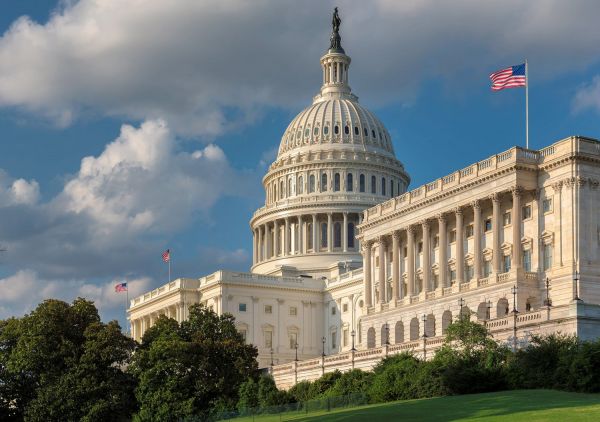DENVER, COLO. – A study commissioned by the National Cattlemen’s Beef Association (NCBA) and conducted by Oklahoma State University, says as a result of the COVID 19 pandemic, cattle losses could reach $ 13.6 billion as of early April 2020. NCBA Policy Division Chair and South Dakota cattle producer Todd Wilkinson, DeSmet, SD, says the purpose of the analysis is to quantify producer losses.
“The study, in part, was to try and come up with some method of valuations for the purpose of the CARE legislation that was passed,” says Wilkinson. “The USDA was looking to the beef industry to try and quantify some of this.”
The study shows cow-calf producers will see the biggest impact with losses totaling an estimated $3.7 billion or $11.91 per head for each mature breeding animal in the U.S. And without offsetting relief payments, those losses could increase to $135.24 per animal. Stocker/backgrounder segment losses were estimated at $159.98 per head, for a total economic impact of $2.5 billion in 2020, while feeding sector losses were estimated at $3.0 billion or $205.96 per head. Wilkinson says those type of losses are shocking.
“These are astronomical numbers. But when you start looking at the real, on the ground losses , I would say the estimates from the economists and the financial people was, if anything, very conservative. Those losses are staggering at this point.”
He says even if the coronavirus were to go away, those losses will only increase.
“Those losses don’t stop if coronavirus went away. Those losses will continue to be compounded, says Wilkerson. “That’s why, just as market facilitation payments went out for corn and beans last year, there should be something done for the beef industry.”
According to NCBA CEO Colin Woodall, relief funds that were meant to provide aid directly to cattle producers were divided among multiple commodities, many of which already have government programs in place to support production.
Wilkinson says federal relief is needed immediately as the U.S. cattle industry is currently experiencing a national disaster.
View the executive summary and full economic assessment here












